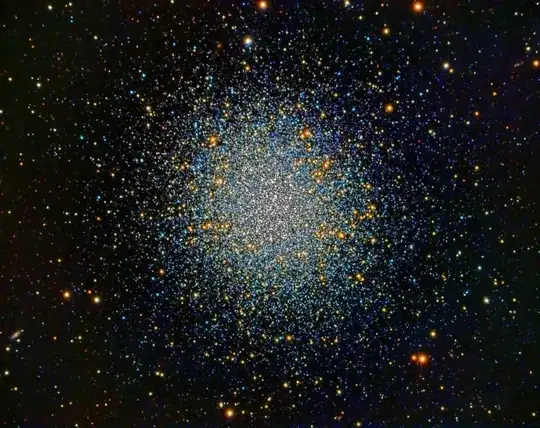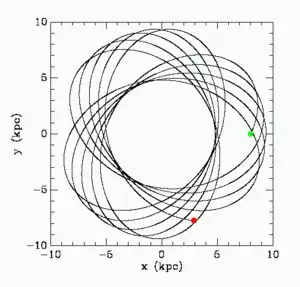Inspired by worldbuilding SE, I know that there are relatively stable star systems with two or three suns, but any more than that and they start to become very unstable (e.g. trapezium systems), but I'm more interested in the concept of >3 stars, each of similar mass. How could they be arranged in a stable (for a few billion years), non hierarchical manner? I tried sketching out a few possibilities but lack the understanding of how suns interact with each other (heat and pressure being the foggiest elements).
Are there any stable >3 star, star orbits, and if so, what do they look like?
edit to clarify: I am looking for an answer within a single solar system, not a star cluster / galaxy (which would fit the question)

